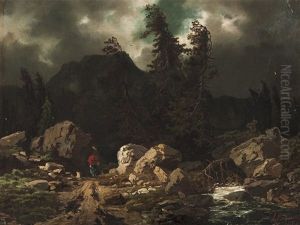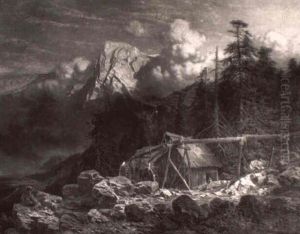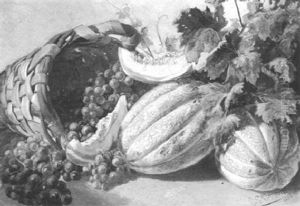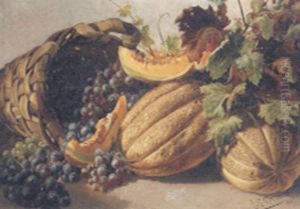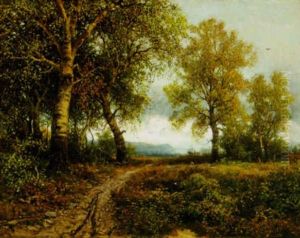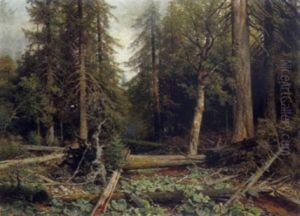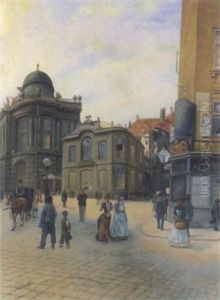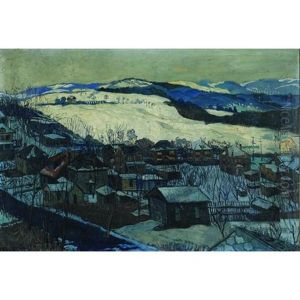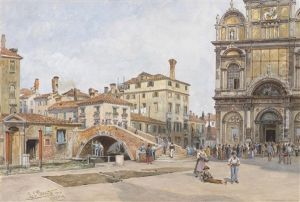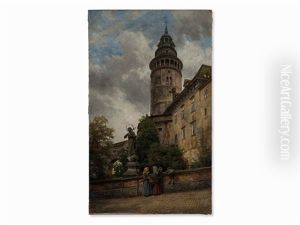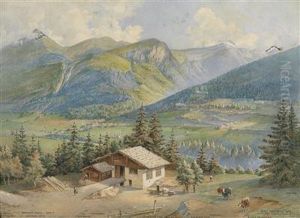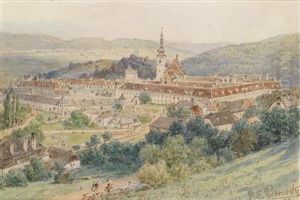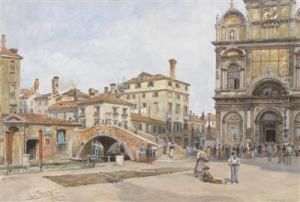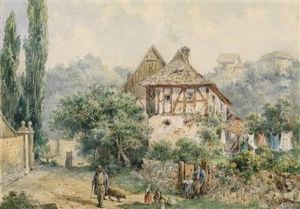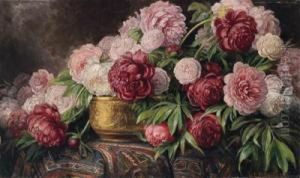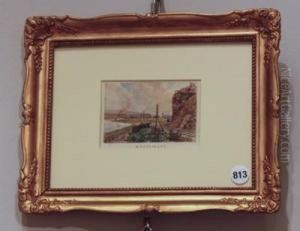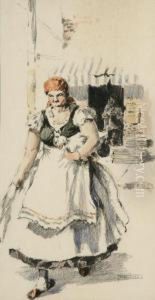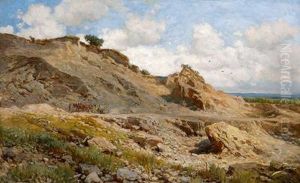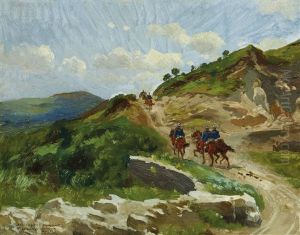Ladislaus Eugen Petrovits Paintings
Ladislaus Eugen Petrovits was a Romanian artist whose work spanned from the late 19th century into the early 20th century, offering a unique blend of traditional and modern artistic expressions within the context of Eastern European art history. Born in 1874, in a period marked by significant political and cultural transformations in Romania, Petrovits was part of a generation of artists who sought to define a national identity through art, navigating between the influences of Western European movements and the rich cultural heritage of his homeland.
Petrovits's artistic journey began at the National University of Arts in Bucharest, where he was exposed to the academic traditions of painting, but his style evolved as he delved into the emerging currents of modernism. Throughout his career, he was known for his versatility, experimenting with various mediums and techniques, including painting, drawing, and sculpture. His subject matter was equally diverse, ranging from landscapes and portraits to historical and mythological scenes, reflecting his deep interest in Romanian folklore and national history.
The early 20th century was a vibrant time for the arts in Romania, with artists like Petrovits contributing to the cultural renaissance that sought to align the country with broader European artistic trends while preserving its distinct cultural identity. His work, characterized by a nuanced use of color and a tendency toward romanticism, shows the influence of Art Nouveau and Symbolism, yet it remains distinctly Romanian in its themes and symbolism.
Petrovits's contributions to Romanian art were not confined to his own creative output. He was also a respected teacher and mentor to younger artists, playing a significant role in the development of the Romanian art scene. Throughout his career, he participated in numerous exhibitions, both in Romania and abroad, gaining recognition for his artistic achievements.
Ladislaus Eugen Petrovits passed away in 1947, leaving behind a legacy that continues to be celebrated for its contribution to the shaping of Romanian modern art. His works are preserved in various museums and collections across Romania, serving as a testament to his artistic vision and his commitment to exploring and expressing the Romanian spirit through art.
